How to Get Rid of Smelly Bathroom Drains: A Complete Guide
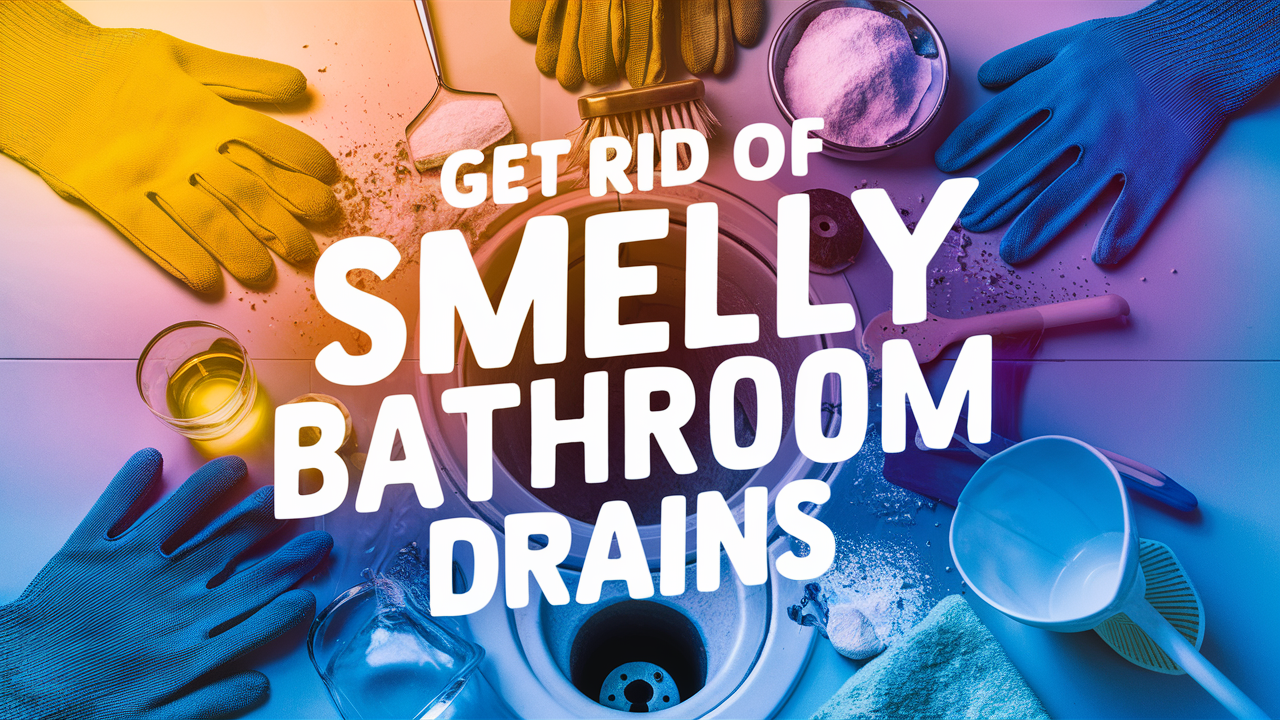
Dealing with a smelly bathroom drains can be frustrating, but it’s a problem that can be easily fixed with the right tools and know-how. Whether it’s a sink, shower, or bathtub drain emitting unpleasant odors, this guide will walk you through the reasons behind these smells and effective methods to eliminate them. By following simple steps, you can restore your bathroom to a fresh, clean environment.
Content
Why Do Bathroom Drains Smell?
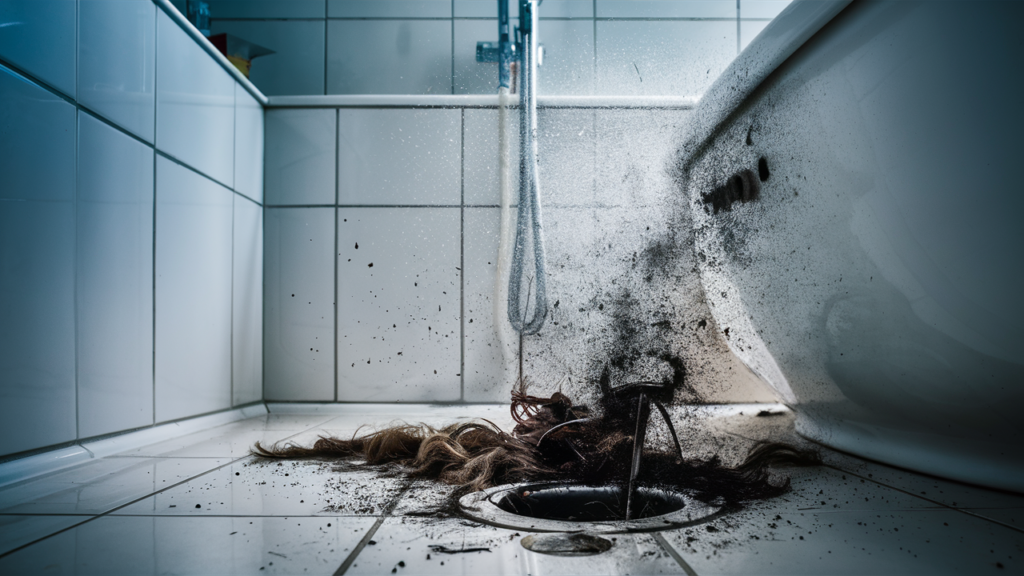
Before diving into solutions, it’s essential to understand the causes of a smelly bathroom drain. Common issues include:
- Buildup of organic material: Hair, soap scum, toothpaste, and other debris can accumulate over time, creating a breeding ground for bacteria that produce foul smells.
- Clogs and blockages: A slow drain often leads to stagnant water, which can emit a musty or sewer-like odor.
- Dry P-traps: The P-trap under your sink or bathtub is designed to hold water, which prevents sewer gases from entering your home. If the trap dries out, it allows those unpleasant gases to escape.
- Mold or mildew growth: Persistent moisture in your drain pipes can encourage the growth of mold and mildew, contributing to the foul odors.
How to Stop a Bathroom Drain from Smelling
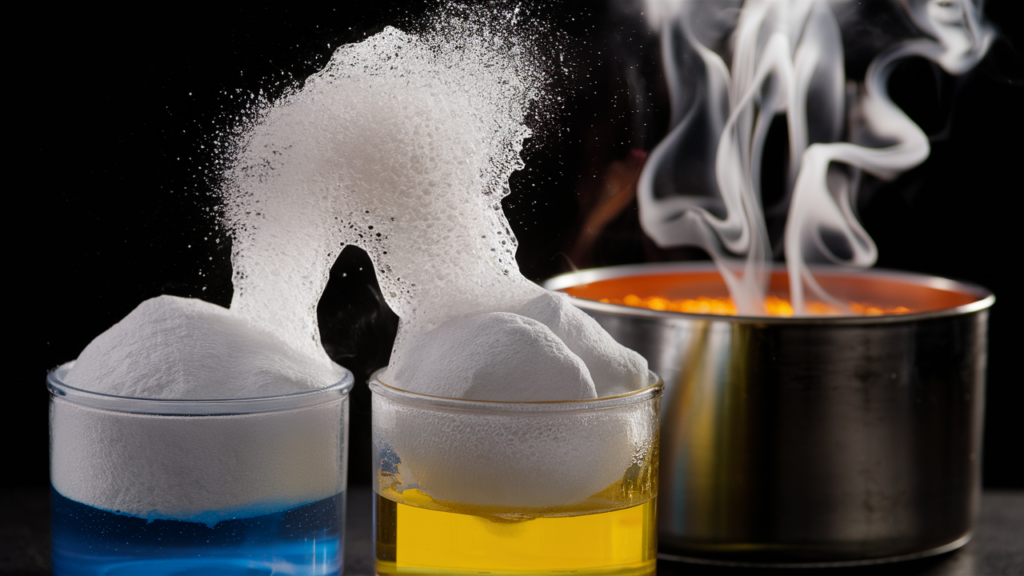
Now that we know the causes, let’s discuss the best ways to get rid of smelly bathroom drain. Here are some tried-and-tested methods:
1. Clean the Drain with a Natural Cleaner
Using a natural cleaner is one of the easiest and safest ways to clear up a smelly bathroom drain. Here’s a simple DIY solution:
- Baking soda and vinegar: Pour about half a cup of baking soda into the drain, followed by half a cup of white vinegar. Let it sit for about 10 minutes, and then flush it with hot water. The fizzy reaction between the baking soda and vinegar will help break down any organic matter causing the smell.
- Boiling water: Pouring boiling water down the drain can also help dissolve grease, soap scum, and other debris.
2. Use a Drain Snake
For more stubborn blockages, a drain snake can be very effective. This tool helps remove clogs that may be too deep within the pipes to reach with basic cleaning methods. Simply insert the snake into the drain, twist it to break up the clog, and pull out any debris. Be sure to dispose of the material carefully.
3. Preventing Odors with Regular Maintenance
A little preventative care goes a long way in keeping your drains fresh:
- Regular flushing: Once a week, flush your drains with hot water to prevent the buildup of grease and soap scum.
- Avoid pouring grease or oil down the drain: These substances solidify in the pipes, leading to clogs and odors.
- Clean the drain stopper and pop-up: Hair and soap scum can accumulate on these parts. Regularly remove and clean them to keep everything flowing smoothly.
How to Fix a Smelly Sink Drain
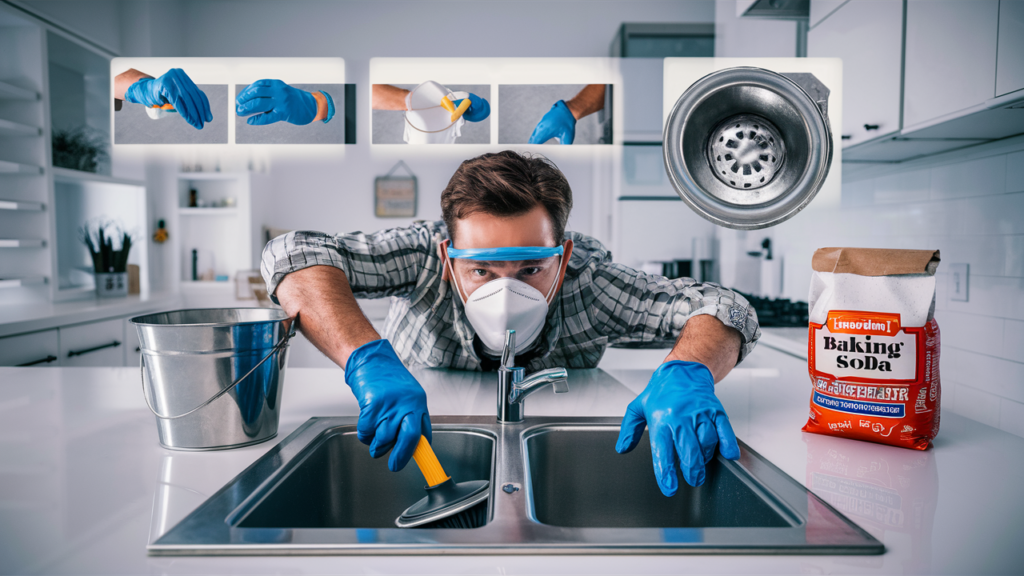
Sinks are particularly prone to odors due to the variety of substances washed down them. Here’s a detailed guide for fixing a smelly sink drain:
- Disassemble the drain trap: If your sink drain still smells after trying the cleaning methods above, the next step is to remove the P-trap under the sink. This part of the drain often traps debris, which can lead to smells. Clean it out thoroughly with a brush and soapy water.
- Replace a damaged trap: If you find any cracks or damage to the P-trap, it may be time to replace it. A damaged trap can let odors leak into your bathroom.
How Do I Get Rid of Sewer Smell in My Bathroom?
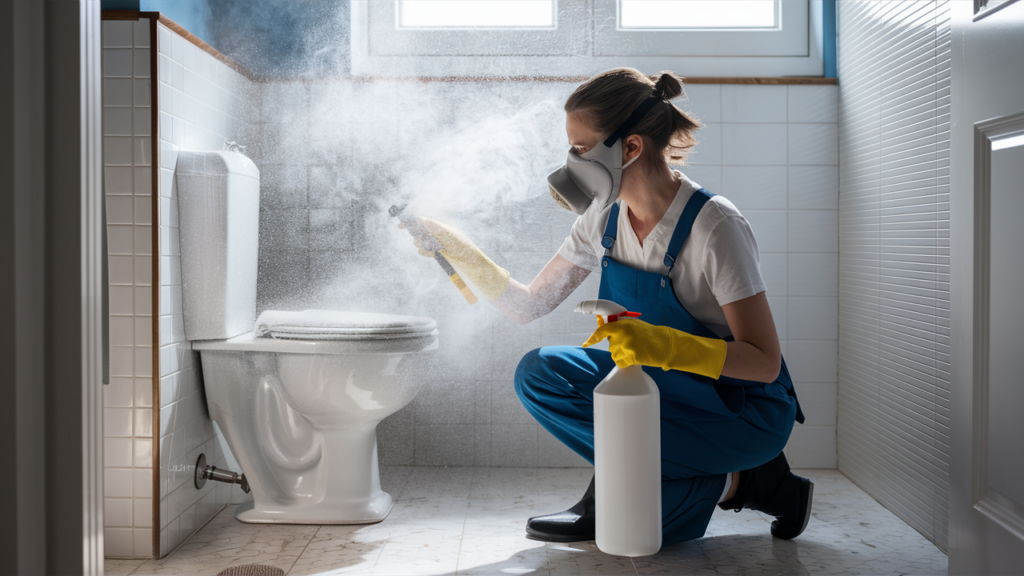
Sewer smells can be particularly overpowering and unpleasant. If your bathroom drain has a sewer-like odor, the cause could be:
- A dry P-trap: As mentioned earlier, a dry trap allows sewer gases to enter your home. To fix this, simply pour water into the drain to restore the trap’s water seal.
- Ventilation issues: Ensure that your plumbing is properly ventilated. Poor ventilation can prevent the release of sewer gases, causing them to linger inside.
- Clogged vent pipes: If your vent pipes are blocked, they can cause sewer odors to back up. Clearing the vents can help eliminate this problem.
What is a Natural Cleaner for Smelly Drains?
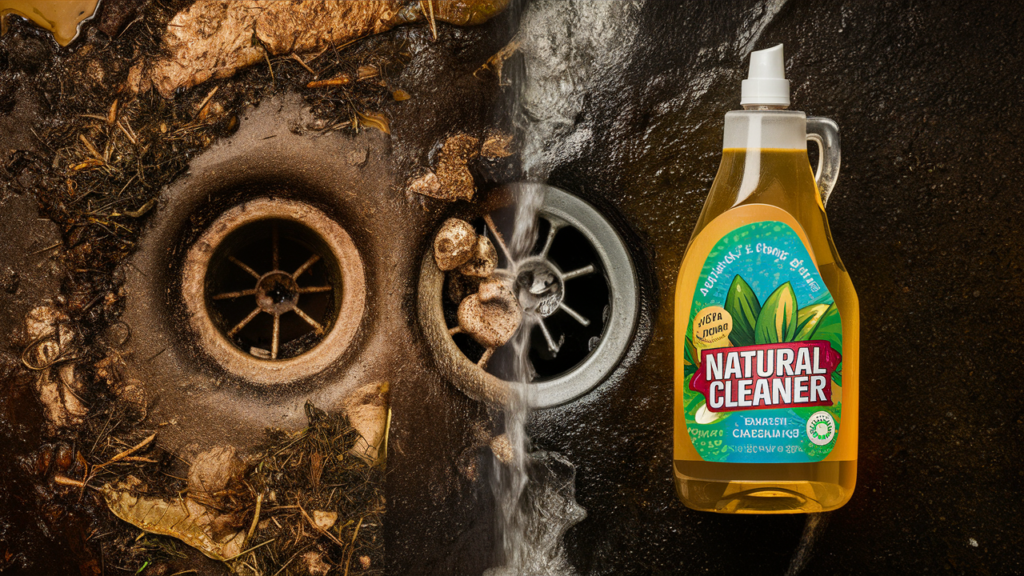
As mentioned, natural cleaners are a great way to tackle smelly drains without using harsh chemicals. Aside from the popular baking soda and vinegar solution, there are other natural cleaners you can use:
- Lemon and baking soda: The natural acidity of lemon combined with baking soda makes for an excellent drain cleaner. Pour the mixture down the drain and allow it to sit for a few minutes before rinsing with hot water.
- Essential oils: Adding a few drops of peppermint or tea tree oil to your drain cleaner can help mask odors and provide a pleasant scent.
How to Prevent Smelly Bathroom Drains in the Future
Once you’ve eliminated the odors, it’s essential to maintain your drains to prevent smells from coming back:
- Use drain covers: Drain covers can catch hair and other debris before they enter the drain.
- Regularly clean your drains: Performing periodic deep cleans will keep your drains in top shape.
- Proper waste disposal: Avoid throwing grease, food particles, or large debris down the drain, as these can lead to clogs and odors.
Conclusion
Smelly bathroom drains are a common issue, but with the right cleaning techniques and maintenance habits, they can be easily eliminated. Regularly cleaning your drains, using natural cleaners, and keeping an eye on any signs of blockages or damage will help ensure that your bathroom stays fresh and odor-free. Don’t let a smelly drain ruin your bathroom experience—take action today and restore the freshness in your space!












